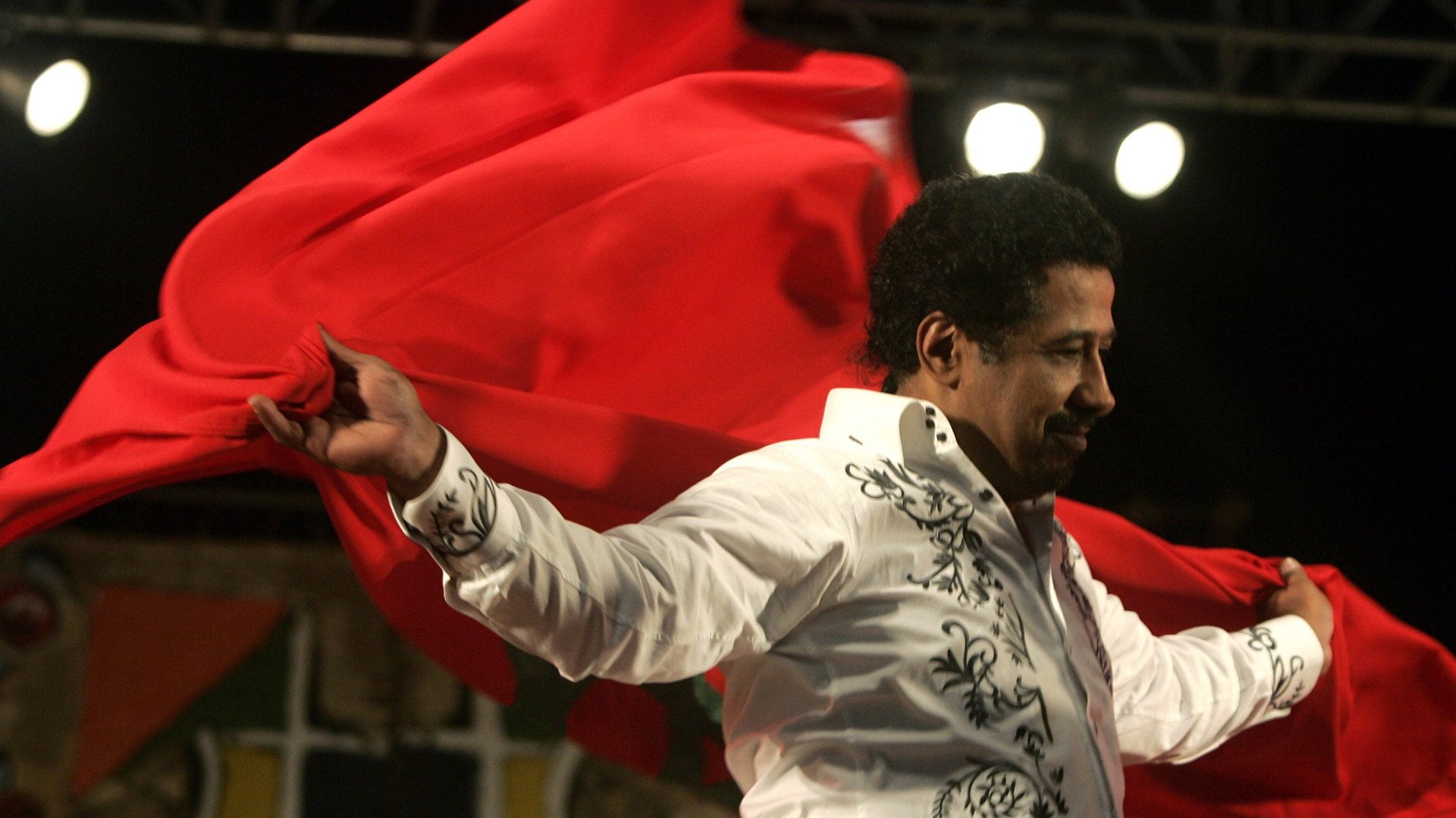There’s a brewing debate over who owns Rai music in North Africa
The fraternal rivalry between Algeria and Morocco has now hit a sour musical note.


The fraternal rivalry between Algeria and Morocco has now hit a sour musical note.
Algeria made an application last month to the UNESCO Intangible Heritage list to include Rai music as a uniquely “Algerian Folk Music.” Morocco, which annually holds the International Festival of Rai music in Oujda, announced that it was going to apply to UNESCO for the same last year. But the Moroccans never got around to it.
Algerians seems always one step ahead. More recently, Algeria is building the world’s tallest minaret and the world’s third largest mosque in direct competition with Morocco’s Hassan II Grand Mosque in Casablanca. And Algeria is also constructing a wall on the Northwestern border where Bedouin tribes once played traditional Rai music.
Similar to American blues, Rai music is a testimony and opinion on every imaginable subject; love, sex, sorrow, and politics find their blunt and sometimes raunchy expression. Rai, means literally “opinion” in English, translated from a word in Algerian Darija, an Arabic dialect.
Morocco could claim rai music because long before the French brutally colonized both countries, Morocco’s territory spread east deeper into what is now northwestern Algeria. For certain, Arab Bedouins began singing the traditional rai music somewhere in the arid deserts between both countries. But it was Algeria’s city of Oran that gave the music definition and clear origin.
In the early 1900s, traditional Rai singers moved into Oran which eventually became “little Paris” of North Africa under the French colonialists. The young and curious Arabs of this epoch also met French secular values which were in direct conflict with Islamic traditions. Sounds familiar?
The lyrics of Rai music are usually in French and Arabic.
Rai music eventually ran afoul for both the Algerian government and Islamic fundamentalists who saw Rai music became a threat.
Musicians fled to France and Spain and began to blend their music with other forms. It was the Rai musician Ahmad Baba Rachid who began in the late 1970s the process of blending Rai into modern pop music being played today.
Now the world music form stands on its own. For a non-Arab listening to Rai music, it may sound like any Arab music form. But there are rhythmic and tonal influences that define this highly popular music form.
Any musician with the first name Cheb or Chebba (for women), is certainly playing Rai music. Cheb means, young man and Chebba young woman. It is a title which crowns the musicians into the Rai music world.
The noted “King of Rai,” Cheb Khaled, has been the most influential Rai musician worldwide. Khaled was born in Oran, Algeria. But in August 2013, Khaled was given Moroccan citizenship by King Muhammad VI. How could he say no?
Khaled’s 2012 hit song, C’est la Vie, defines the power and presence of this music in its modern form. Even, Salsa music artist, Marc Anthony, sampled the whole song and put a salsa rhythm underneath to make his equally popular song, Vivir Mi Vida. It raised a little controversy, but they coexist.
Which begs the question. If two musicians can share the same song, why can’t two nations share the origins of Rai music?